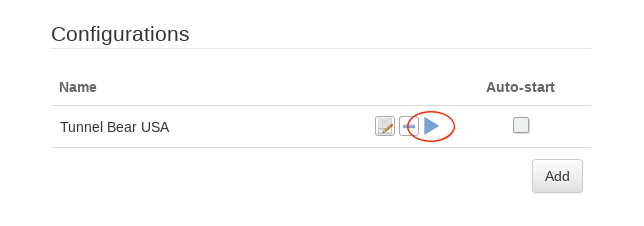

OpenVPN is open source, but it requires the use of a third-party client and is more CPU-intensive. IKEv2 can be used natively on various devices (no app required) and runs with less CPU, but it is also not open source. Both OpenVPN and IKEv2 are secure and reliable VPN protocols. The IKEv2 protocol can be used with iOS and Windows as well. TunnelBear offers good data encryption using the 256-bit AES OpenVPN for Windows, Mac OS, and Android. We discuss this topic more in our post on the best VPN for Chrome. There are also a few other VPNs that offer browser extensions, including VPN.ac, ExpressVPN, and also NordVPN and CyberGhost. In this case, you can simply control the desktop VPN client through the browser. In other cases, such as with ExpressVPN, the browser extension just extends the VPN desktop client into the browser for easier functionality. In some cases, such as with TunnelBear, the browser extension acts as an additional proxy for the browser itself, changing the IP address and DNS requests within the browser. We also support an Auto option, which just means you prefer to let your Bear decide which protocol you should use (this is the default selection for TunnelBear).Many VPNs now offer browser extensions. The feature will be listed in the Settings menu.ĭepending on the device you use, we currently support 3 VPN protocols in TunnelBear WireGuard, OpenVPN, and IKEv2.

To manage your VPN Protocol on mobile devices, you need only open your TunnelBear Settings.To manage your VPN Protocol on desktop, open your TunnelBear Settings and select the Connections tab.While the Bears are happy to continue doing this for you, we've realized that as time goes on, more and more users are becoming comfortable with managing their own VPN connection. Whenever you connect TunnelBear, your Bear is busy working in the background - deciding which protocol is best for the network and device you are using. That's a pretty serious responsibility.Įven if you were unaware, you've always used a VPN protocol. A VPN protocol is a series of technical rules that govern how your device can securely reach the VPN servers, validate your access to the requests you make online, and encrypt your browsing traffic so that only you can see what you are doing on the web.Įssentially, it controls your entire VPN connection.


 0 kommentar(er)
0 kommentar(er)
